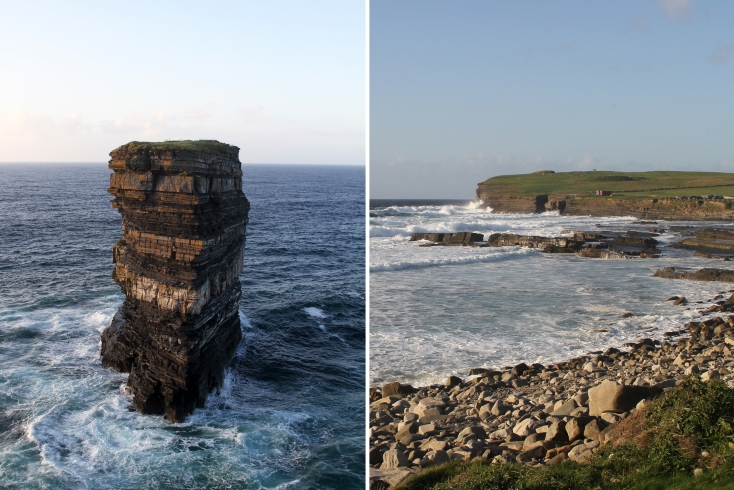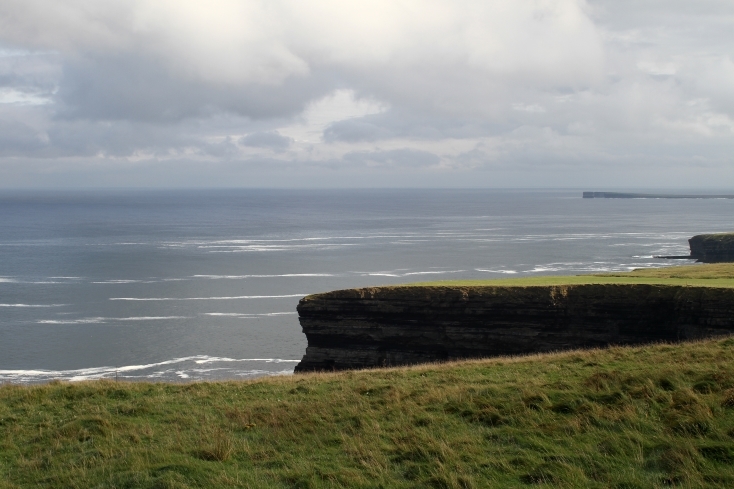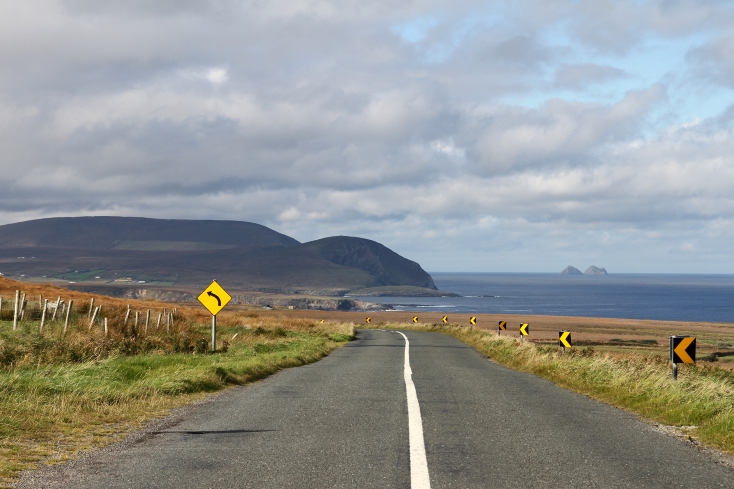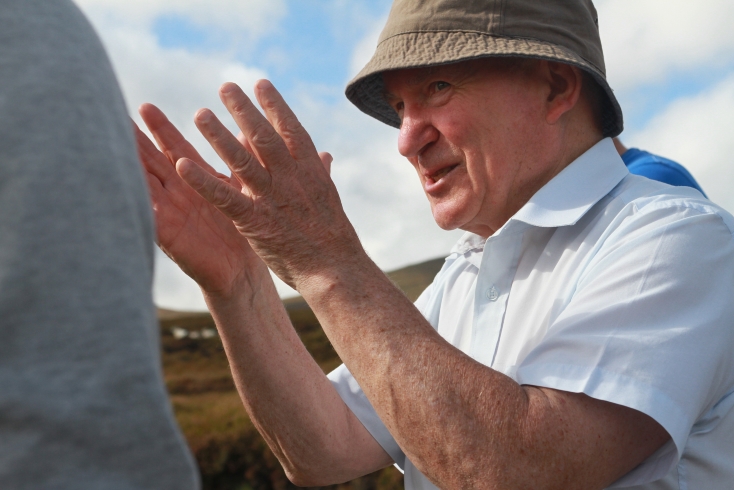Free man, you will always cherish the sea! The sea is your mirror; you contemplate your soul In the infinite unrolling of its billows.
Charles Baudelaire

In his "The Evolution of Physics" written with colleague Leopold Infeld and published in 1938, Albert Einstein discusses what exactly is a wave, defining it as the movement of something that is not matter, but rather energy propagated in time and in space through the matter.

Using examples from day to day life, the two scientists discussed different types of waves, such as gossip travelling from Washington to New York, or the movement of a wheat field swaying in the wind. Mindful of Einstein and Infeld’s analysis, it’s true that of all we hold in our imagination, the waves of the sea most definitely occupy a special place. They do in fact represent a special type of physical wave, since their movement is the result of the wind or of the currents and, more generally, of atmospheric circulation. In other words, the dance of light that takes place on the surface of the sea every day is the result of an extensive, yet seemingly invisible collaboration.

Therefore the wave is energy, it moves through matter in time and space and, in the case of the waves of the sea, its beauty is generated by the interaction of other unexpected elements invisible to the naked eye. A good place to verify this, a place to really "learn" the waves and capture the message is in North County Mayo, for one simple reason: the feeling that explodes in your chest when you reach the mouth of the River Moy, in Killala Bay, at the most eastern point of the North coast of the County, A feeling that can be described as a wave, a force that permeates through you, created by the interaction with nature and one that whilst not visible, reverberates inside you like the truest of truths.

Killala is like a child hiding behind its mother's skirt: gathered in its small centre, seemingly timid, unaware of its history and beauty. Built to the west of River Moy’s estuary, a beautiful area, protected due to the number of birds and fish that inhabit it, Killala gives its name to the bay on which it stands. Its history is linked to an important event that affected not only the county but all of Ireland, for it was exactly at Kilcummin, a small nearby port, that the French general Humbert landed in 1798 on his mission to help the Irish rebels in their fight against the British.

Today there is a path dedicated to the general that marks the route his troops took from Killala via Ballina in Castlebar and on to Longford. Killala is best known though for its circular tower, which next to the cathedral is testimony to the importance it has held as a religious centre since medieval times. The tower is perfectly preserved and with its distinctive sloping roof can be seen from every corner of the city and port, like an energetic fulcrum, maintaining everything around it in a timeless balance.

Near Killala is the Rathfran Abbey, dating from the thirteenth century it is immersed in a silence that only the wind can break, passing through it like music. Rathfran was set alight by the British in 1600 and like many abbeys in Mayo, it no longer has its roof, offering itself openly to the heavens, by day, bathing in sunlight, by night, gazing at the stars.

Heading north from Killala you arrive at Lacken, marking the official union with the waves that will accompany you in your journey West. Lacken offers a spectacular landscape with various enjoyable features such as the "Gazebo", a unique stone structure near the ruins of Castlelacken. Not to mention the beaches, real places for meditation rather than mere stretches of sand. More than anything though, Lacken speaks to the soul of those who visit it, activating an internal dialogue that flows to the rhythm of the waves, leading the way to the discovery of new horizons, not just in the world around but internally.

Proceeding westward the next absolute must is Ballycastle, a little treasure trove set between the sky and the sea and one that holds a real gem inside: the Ballinglen Arts Foundation. The foundation offers professional international artists the opportunity to stay for a period at its centre, allowing them to experience village life whilst finding inspiration in the continuous interaction with nature and the local communities. Before leaving, each artist donates a piece of work to the foundation, transforming the foundation over the years into a museum, whose walls tell stories of different cultures that meet and produce universal beauty in the name of Mayo.

Ballycastle is also the starting point for reaching the promontory of Downpatrick and Dun Briste (the "Broken Fort"), a huge spur of rock that stands alone in the middle of the sea that envelops it. Legend has it that a disobedient king who refused to convert to Christianity was isolated on the rock by St. Patrick, separating him from the land with a strike of his crozier. Lashed by the waves, the Broken Fort seems to watch the mainland, as if asking to be accepted back into its embrace.

The real miracle of the northern coast of the county is Céide Fields, a few kilometers from Ballycastle. Discovered in the 30s by Patrick Caulfield, a schoolteacher from the area, Céide Fields is the largest European megalithic site, consisting of fields, houses and tombs that remained buried for centuries under a soft blanket of peat.

Over the years, thanks to Patrick’s son Seamus, an archaeologist, the discovery of Céide Fields has become internationally renowned, unveiling a huge settlement, built by a well-organized community that occupied the area over 5,000 years ago. Arriving at the visitor center, an architectural masterpiece that dominates the entire area, with a little luck you’ll meet Professor Seamus, who still watches over Céide Field with his constant enthusiasm, grateful to be the humble means through which history has delivered itself intact to posterity.

Leaving Céide Fields, the path leads westwards to the village of Belderrig, a handful of cottages dotted over a breathtaking landscape. From the boundless expanses of peat concealing the history of the world, to the cliffs that reveal the complex geology of an ancient island. The heavens shine undisturbed on the undisputable protagonist, the sea. An inseparable companion from Belderrig towards the sunset, a contrast of gentle bays and unexpected outbursts against the rocks, as it leads on to the cliffs of Benwee Head and the final destination of a geographical and internal journey, undertaken alongside the waves and concluding with a sunset that in our hearts, has all the meaning of a sunrise.
